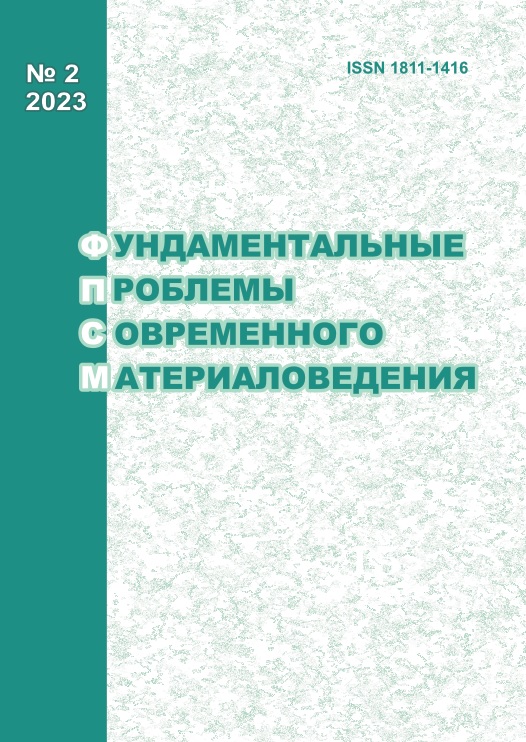COMPLEX MODIFICATION OF THE STRUCTURE AND PROPERTIES OF THE Ti–Nb–Zr–N COATING FORMED BY ELECTROEXPLOSIVE SPRAYING
10.25712/ASTU.1811-1416.2023.02.009
Keywords:
Ti–Nb–Zr–N coating, electroexplosive spraying, nitriding, impulse electron beam treatment, phase composition, defective substructure, microhardness, wear resistanceAbstract
Metals are widely used for long-term orthopedic implants. This is due to their high tensile and compressive strength, high yield strength, fatigue strength, ductility, hardness and toughness. However, metallic materials do not have biofunctional properties. The use of titanium alloys in the manufacture of implants is limited by their low hardness and poor wear resistance. In the case of using titanium alloy VT6 as an implant, aluminum and vanadium ions are released during work in the human body, which adversely affect the body. This article solves the problem of eliminating the impact of aluminum and vanadium from titanium alloy VT6 on the human body. The Ti–Nb–Zr–N coating was sprayed on Ti–6Al–4V titanium alloy. Those coatings will be used to increase titanium implants' survival rate. The coating formation was provided by electroexplosive spraying of the Ti–Nb–Zr layer, electron beam treatment and nitriding. The coatings were investigated by scanning electron microscopy and transmission electron microscopy. The obtained coating consists of titanium, niobium, zirconium and nitrogen atoms. There are no aluminium and vanadium atoms from the substrate in the coating. This composition of the elements forms the entire thickness of the coating. The main coating phases are α-Ti, TiN, Ti2N, NbTi4, NbN и Zr2N. The Young's modulus, wear resistance and friction coefficient of the coating were studied. The performed set of studies allows recommending Ti–Nb–Zr–N coating for further clinical investigation.











 Journal «Fundamental’nye problemy sovremennogo materialovedenia / Basic Problems of Material Science»
Journal «Fundamental’nye problemy sovremennogo materialovedenia / Basic Problems of Material Science» This work is licensed under a
This work is licensed under a 
